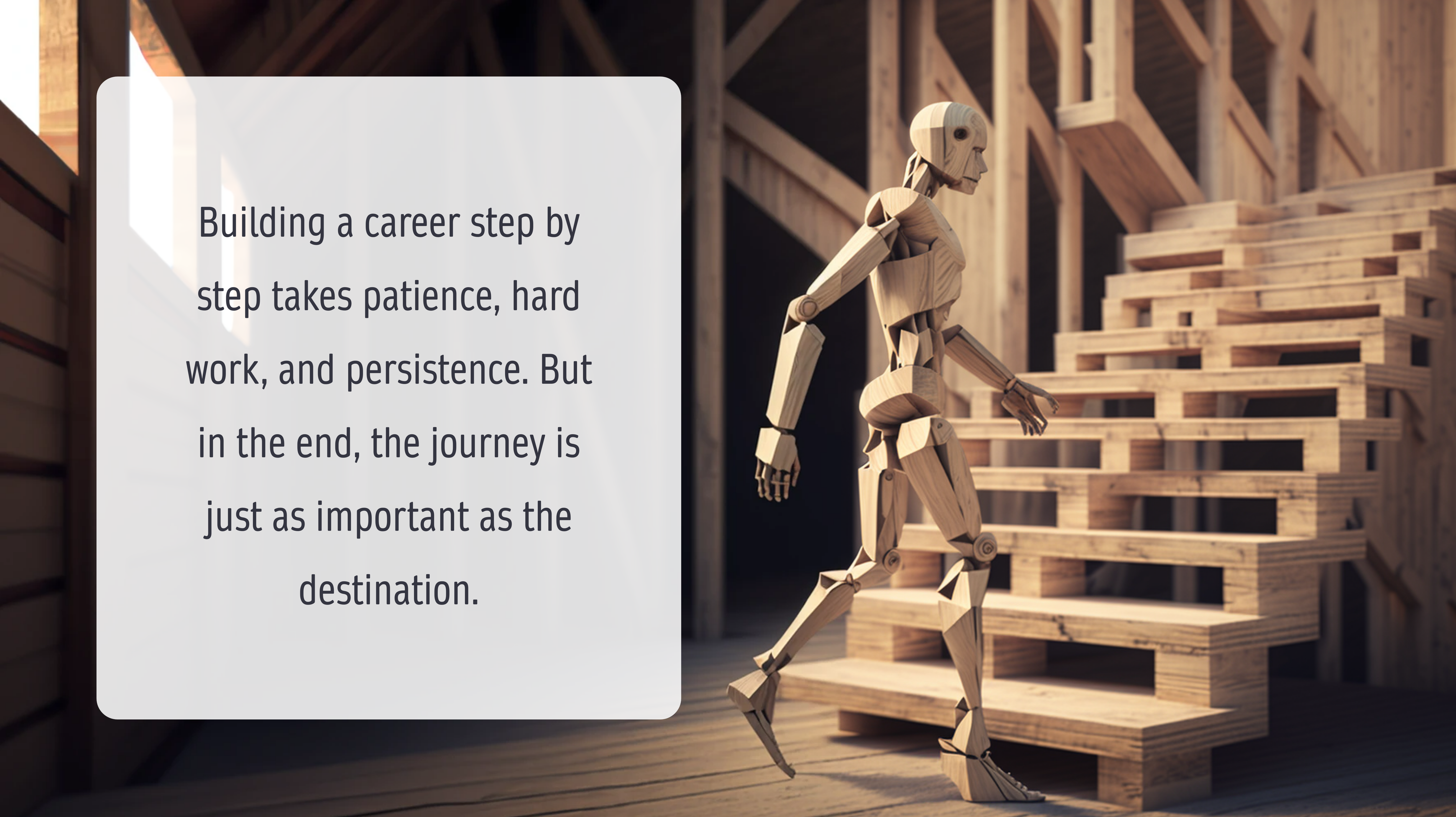I vividly remember the first day of my job as an instructional designer (I was recruited as a Content Design Expert or CDE). The idea of creating learning solutions based on proven theories was both overwhelming and daunting. Little did I know that this was just the beginning of a journey that would take me from instructional design to training need analysis to learning solutions, capacity building, and finally to capability building.
Instructional Design
As an instructional designer, my focus was on creating learning experiences that met the needs of learners. I spent hours analyzing learner needs, designing and developing learning solutions, and evaluating their effectiveness. This is where I started learning about the tricks of the trade. I used a range of instructional design models and methodologies to create engaging and effective learning experiences that promoted learning and growth. It was a challenging yet rewarding experience.
Training Need Analysis
However, as I gained more experience, I began to see the importance of understanding the context in which learning would take place. This led me to focus on training need analysis, where I assessed the needs of learners, identified the desired learning outcomes, and developed learning solutions that met those needs. This involved collaborating with stakeholders to identify the gaps between the current and desired state of knowledge, skills, and competencies of learners. It was a challenging and exciting experience, and I loved every moment of it.
Learning Solutions
As I continued to develop my skills in instructional design and training need analysis, I began to take on more complex projects, focusing on learning solutions. In this role, I was responsible for selecting the appropriate learning strategies, technologies, and tools to enable learners to acquire the necessary knowledge and skills. This involved considering the characteristics of the target audience, as well as the context in which learning would take place. It was a challenging and exhilarating experience, and I loved every moment of it.
Capacity Building
But creating effective learning experiences was just one part of the equation. Another critical aspect was building the capacity of the organization to support learning and development. Capacity building involves identifying and addressing the organizational and structural barriers that prevent effective learning and development. This includes developing processes, systems, and infrastructures that support learning, as well as developing the skills and competencies of the workforce to enable them to support and facilitate learning. It was a challenging but fulfilling experience, and I loved every moment of it.
Capability Building
Finally, building the capacity of the organization was essential, but so is building the capability of the workforce. This involves implementing learning solutions and facilitating the learning experience to ensure that learners can apply what they have learned in their roles effectively.
Capacity building and capability building are two terms that are often used interchangeably, but they have different meanings and applications.
Capacity building refers to the process of enhancing an organization’s ability to effectively and efficiently achieve its goals and objectives. It involves developing the necessary infrastructure, systems, processes, and resources to enable the organization to function at its optimal level. The capacity building focuses on developing the organization’s internal capacity, such as its staff, infrastructure, and systems, to achieve its goals.
Capability building, on the other hand, refers to the process of developing the skills, knowledge, and competencies of an individual or a team to perform a specific task or function. Capability building focuses on developing the necessary skills, knowledge, and competencies to perform specific functions, such as project management or leadership.
In this role, I currently evaluate the effectiveness of the learning solutions and make any necessary adjustments to ensure that they continued to meet the needs of learners.
Looking back at my journey from instructional design to training need analysis to learning solutions to capacity building to capability building, I realize that it has been an incredible adventure. I have learned so much and have had the opportunity to work on some truly amazing projects. I am grateful for the experiences that I have had, and I am excited to see where my career will take me next.

Wish u more sucess and learnings in ur future endeavours